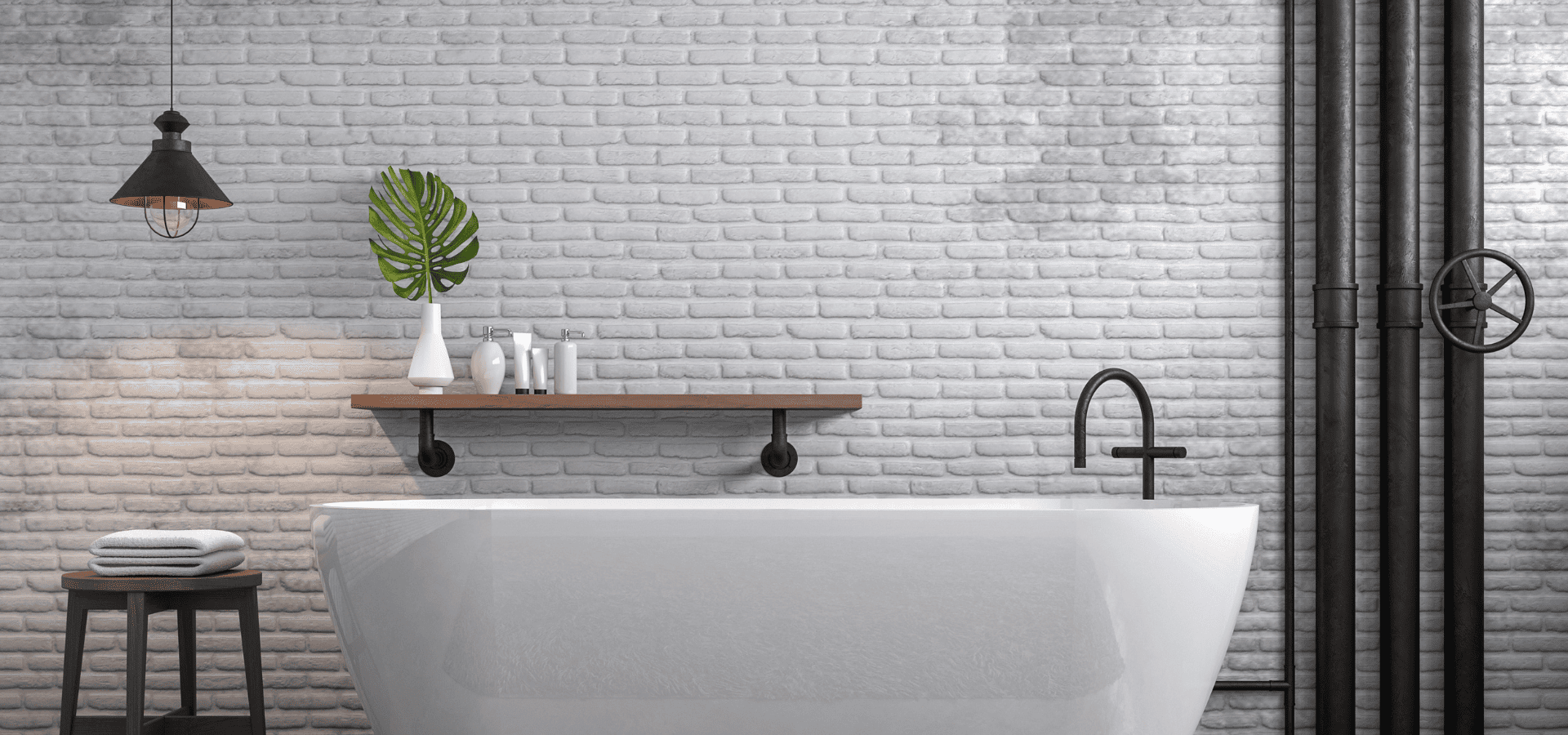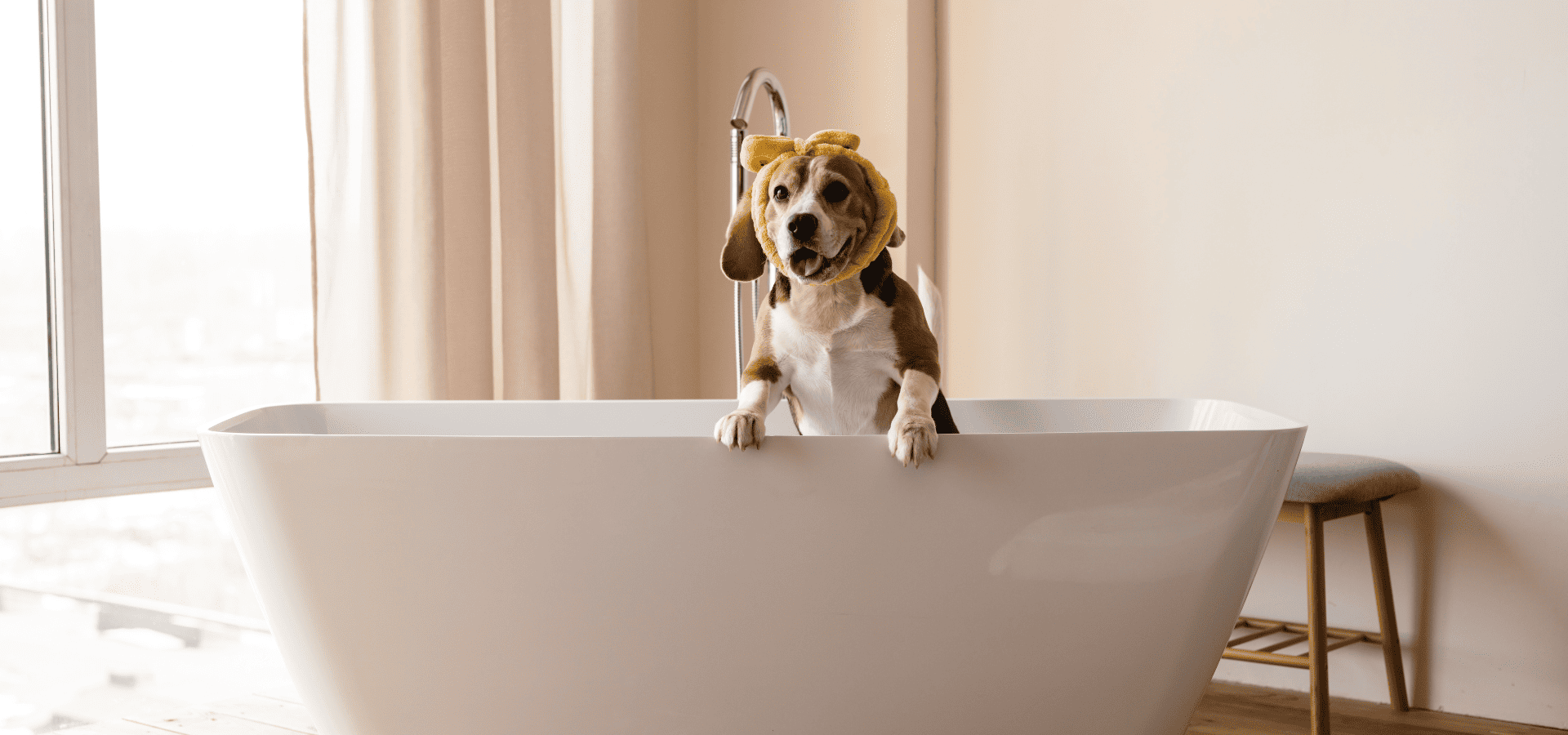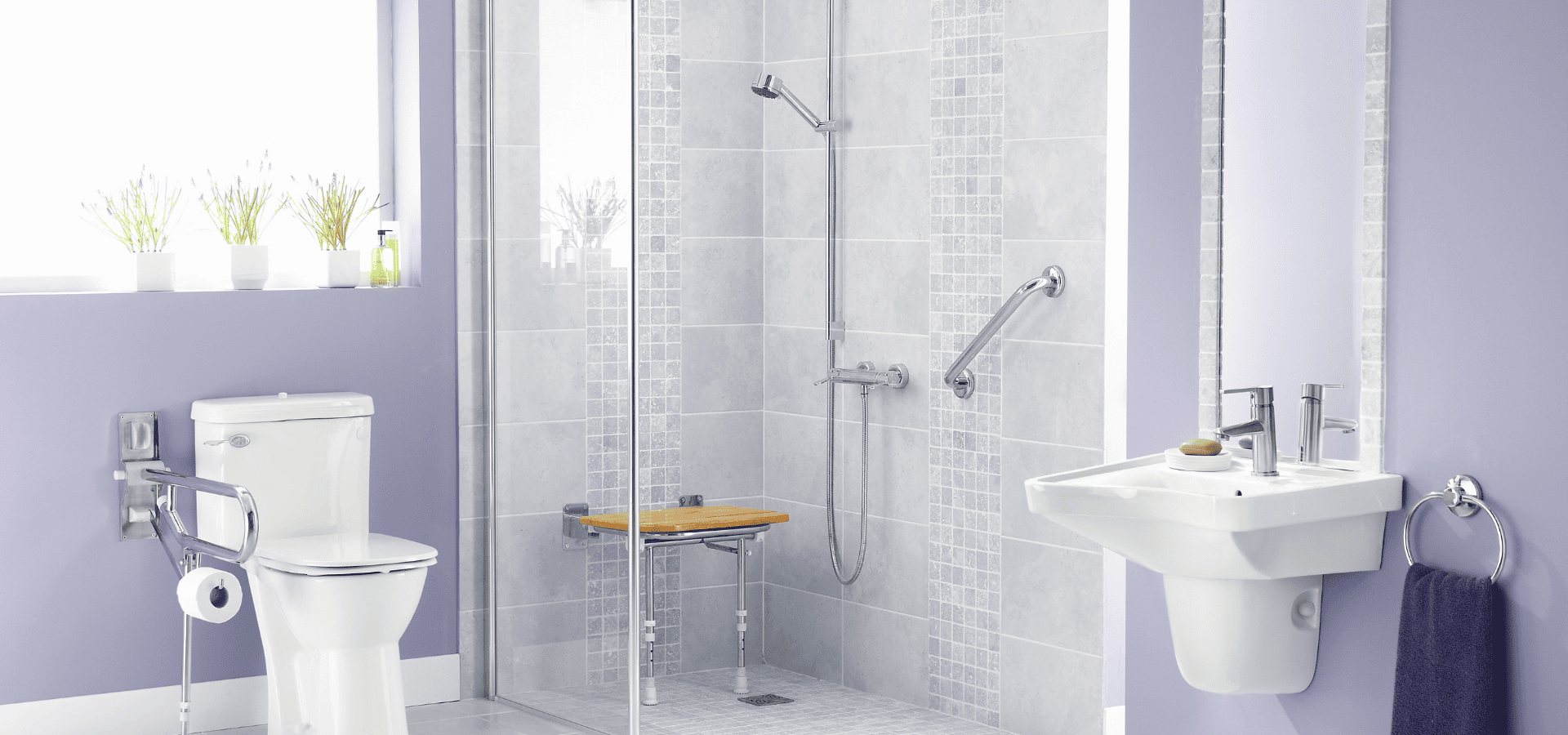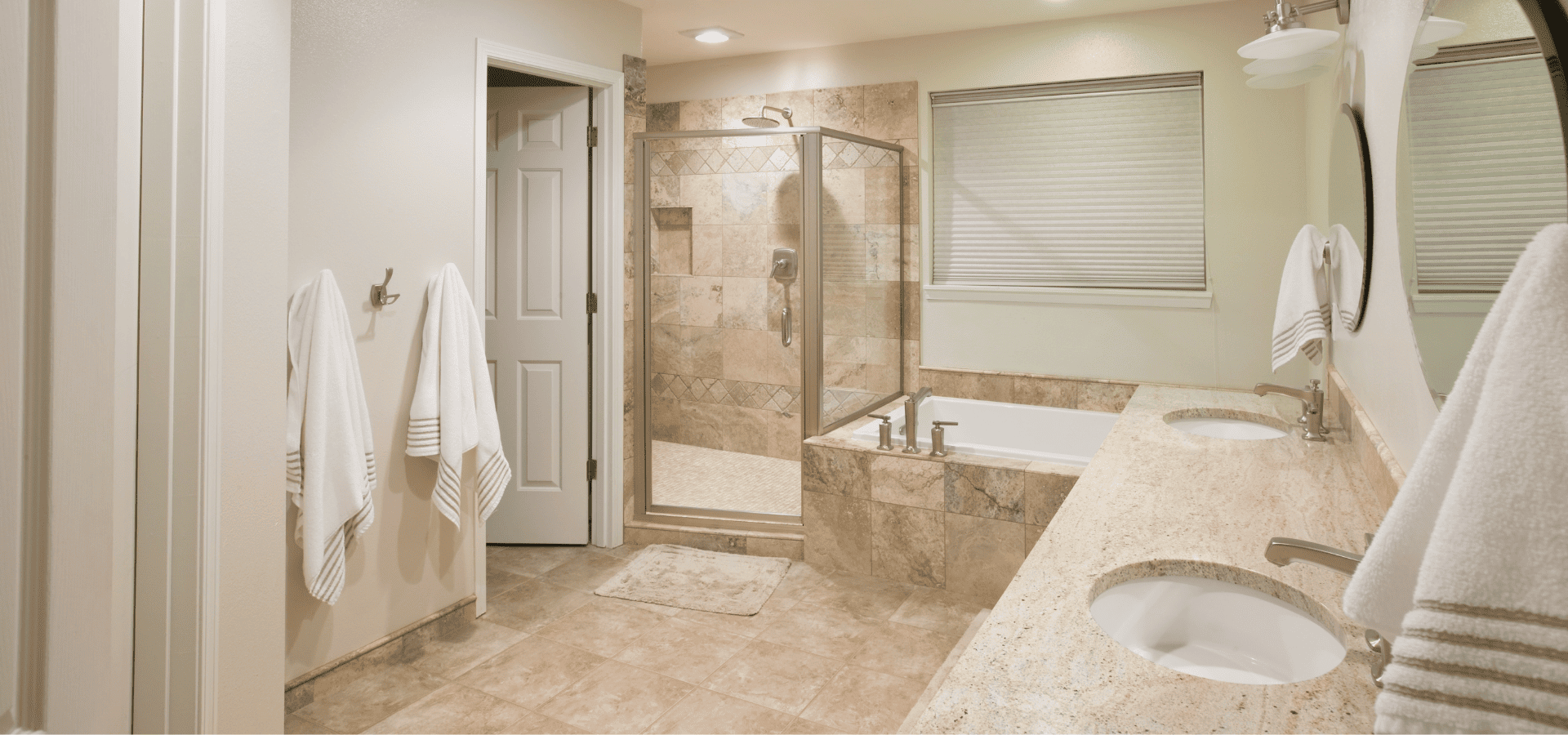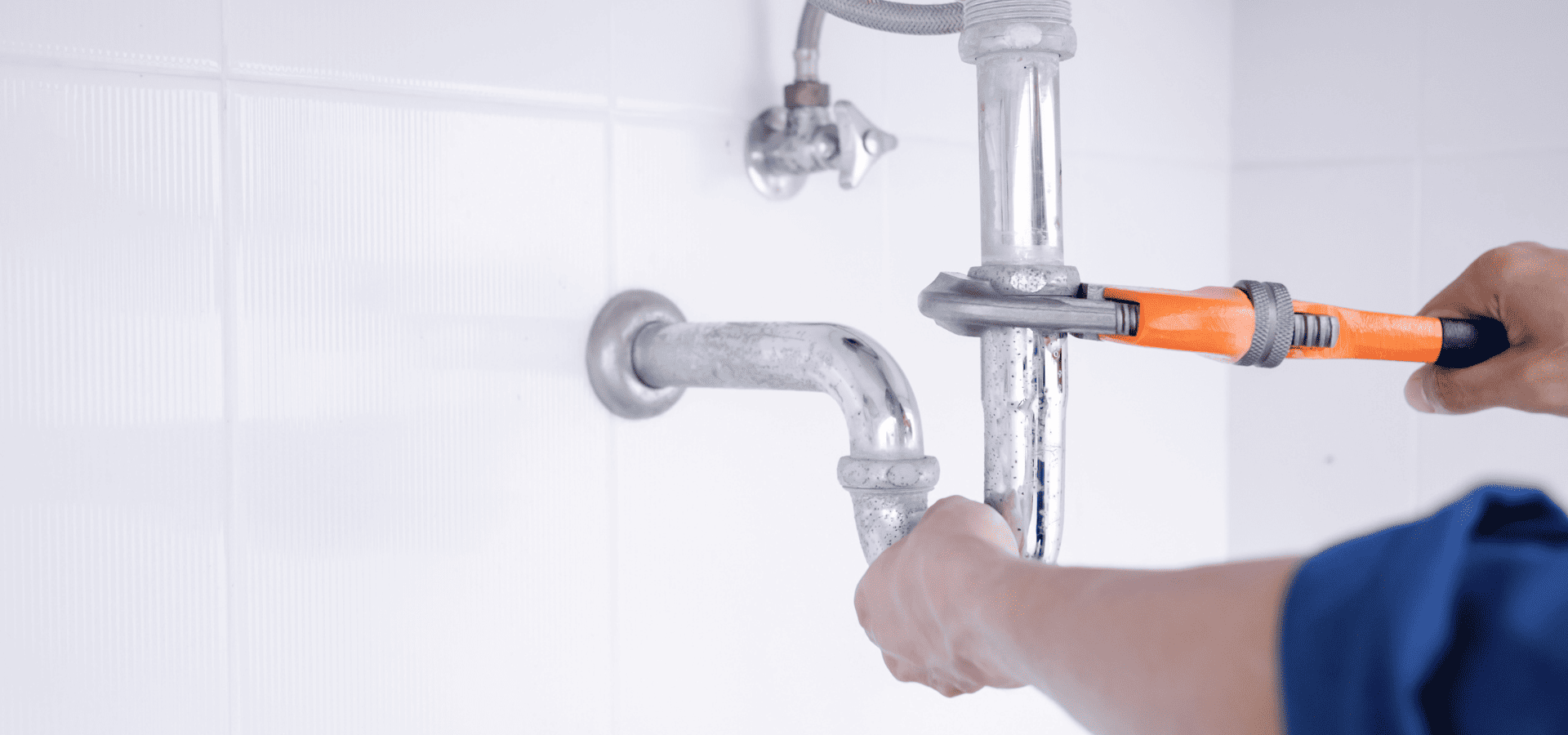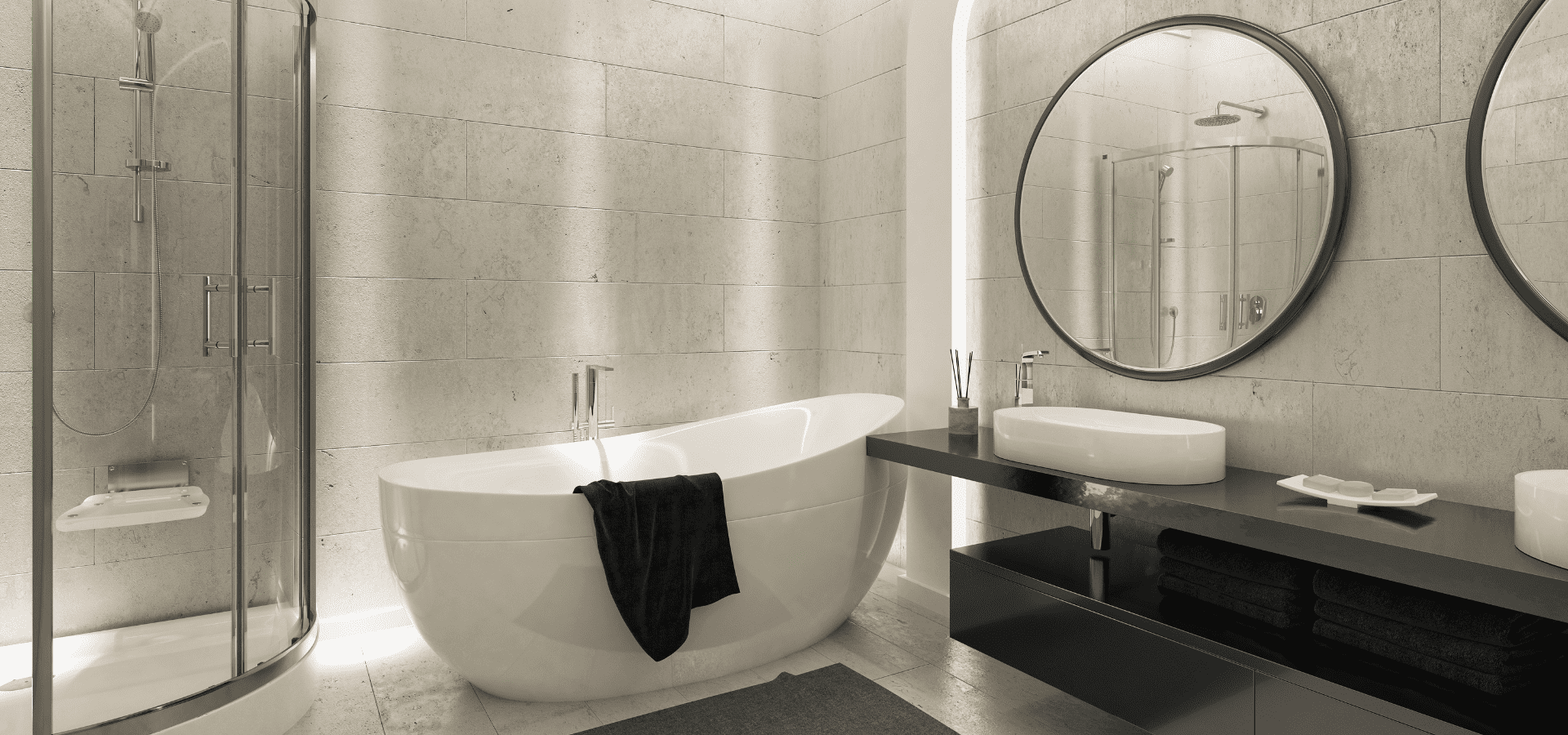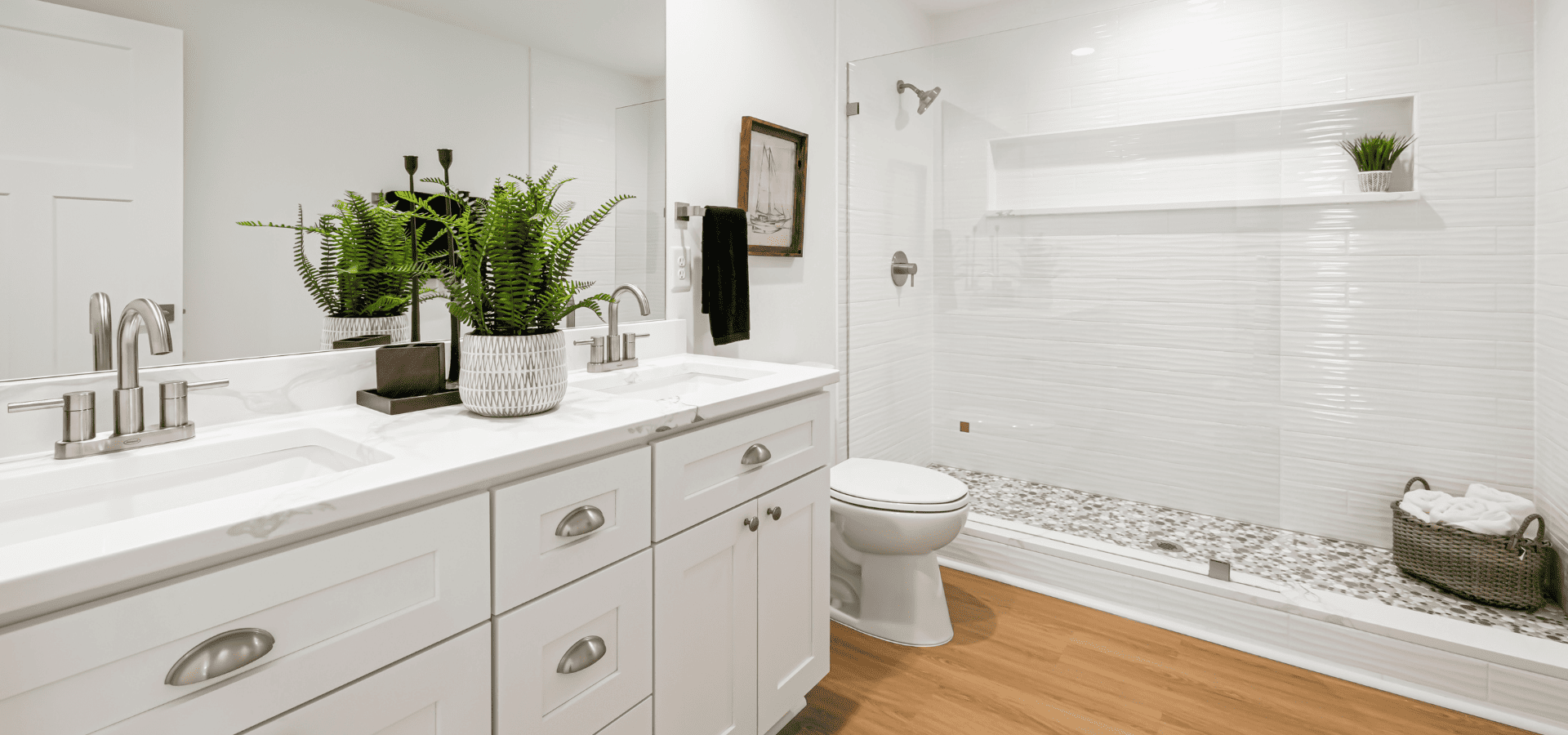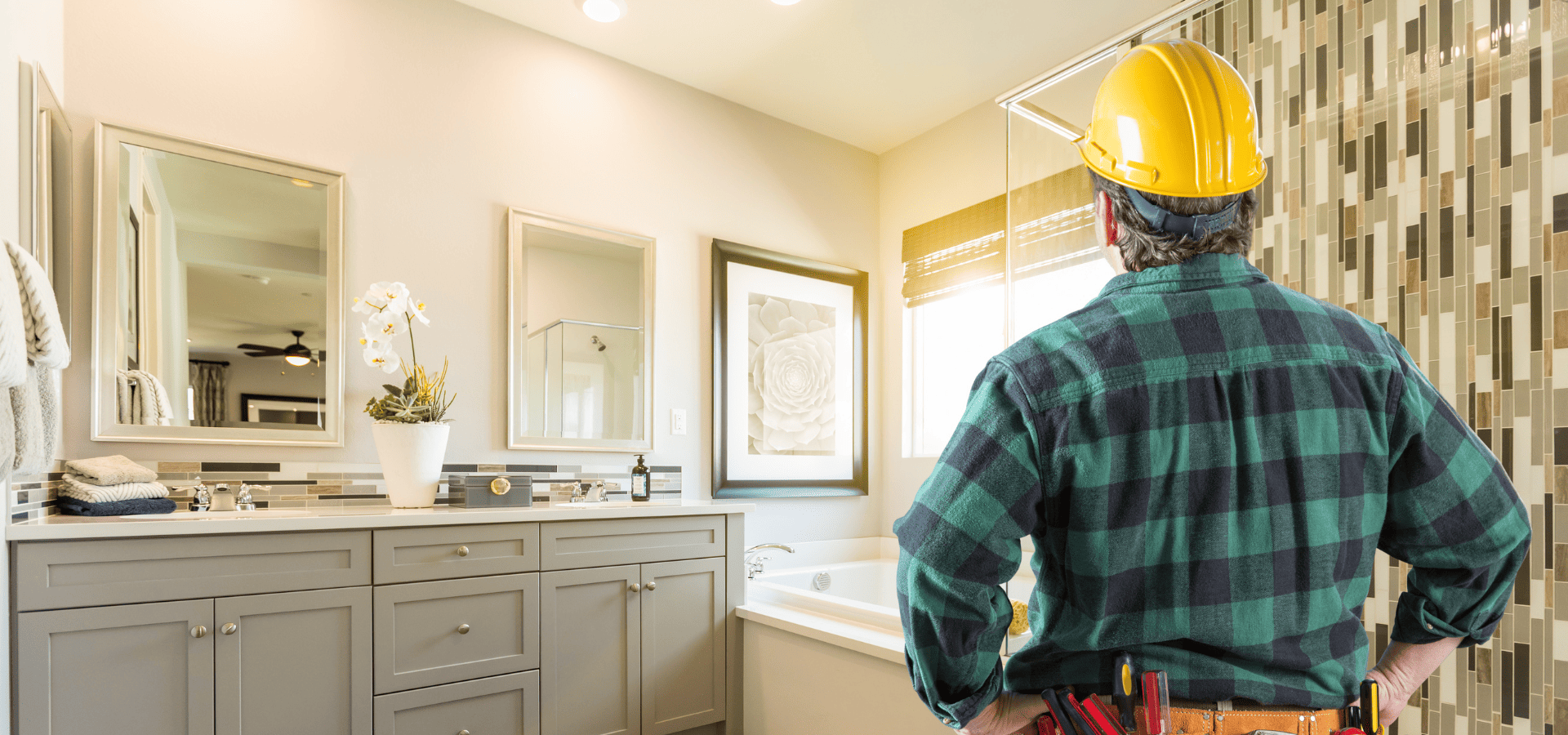5 Tips To Remodel Your Bathroom On A Budget
Bathroom remodels are one of the most expensive home improvement projects you can undertake. Even a mid-range bathroom remodel can easily go into the $10,000 to $25,000 range.
That said, there are ways to keep costs down, and that's what we're going to be covering in this article.
So if you're looking to transform your bathroom on a budget, read on to find out how!
1. Budget Smartly
A successful remodel starts with a good plan. Before you start spending on anything, it's crucial that you plan out everything you'll be spending on.
This will help ensure that none of your spendings go over the limit and result in you having less for other items. It will also give you a good idea of the price points that you should be shopping at for each item.
When allocating your budget, firstly, remember to factor in a buffer of 10-15% for unexpected expenses like tool rental or fixing any damages that you might discover.
So if you're willing to spend, say, $5,000 on your remodel, your budget should only be spending between $4,250 and $4,500. The remaining $500-750 should be set aside as a buffer.
Next, when deciding what to spend on, always prioritize your needs first. This means things like leakages, water damage, poor lighting, poor ventilation, and so on.
While this may sound obvious, you'd be surprised how many people would rather spend on sleek, stylish upgrades like a new bathtub, thinking that small issues can be ignored.
This is a huge mistake because while those issues are small now, if left unresolved, they often spiral into large problems.
A small leak can cause rotting and mold. Poor ventilation also encourages mold growth. And if you leave your leaky plumbing as it is, it can easily lead to the water and moisture damaging your walls or even your flooring, which are expensive to remedy.
Small issues can over time become large, costly repairs, so don't let them escalate to that point. Always prioritize your needs over your wants, or you might find yourself spending much more than you would have if you had just fixed the issue early on.
Finally, when planning your bathroom remodel, try not to move your plumbing. Any sort of movement, even small changes, usually requires demolition.
In addition, it's not always as simple as just changing a small portion. Your plumbing system is quite complicated. For example, moving a small part, like the toilet, might also require relocating the main waste pipe.
In short, even small changes to your plumbing system can be quite expensive due to the complexity and inaccessibility.
So try not to make any changes to your plumbing to avoid unnecessary expensive costs. Ideally, keep your existing fixtures that require plumbing, eg your sink, toilet, bathtub, and so on, in the same spots.
2. Refresh Instead Of Replacing
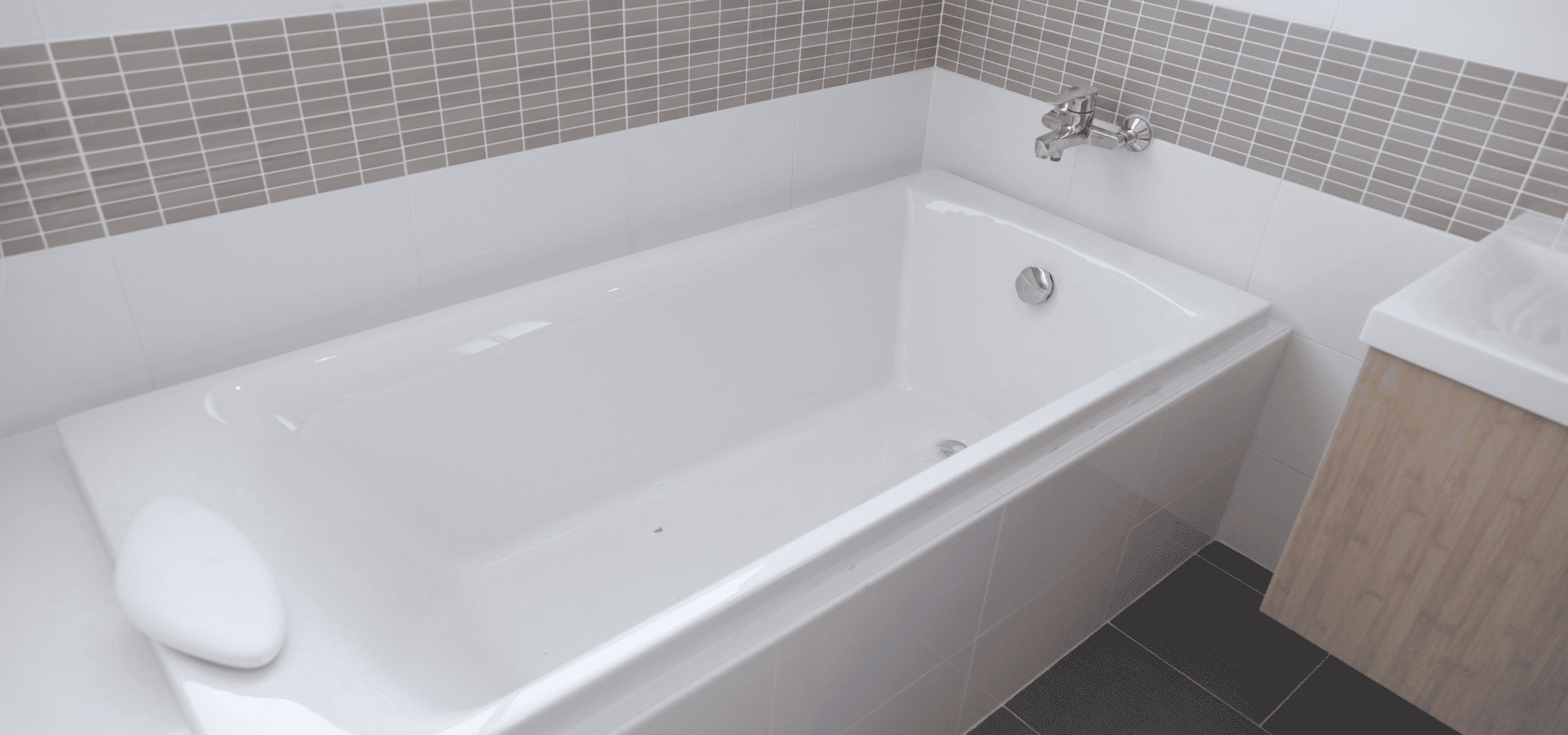
When you're trying to transform the look of your bathroom, it can be easy to fall into the trap of thinking you need new items to change the look of your bathroom.
After all, everyone loves new stuff, right? Who wants a reglazed bathtub over a brand new one?
And of course, a brand new fixture will always beat a refinished one. But when you consider the price difference, it often makes much more sense to fix or touch up your current items than to get new ones.
A lot of times, a new layer of paint, refinishing, or adding new, modern elements can make old features look almost brand new, and the cost to do so is but a fraction of what it would cost to replace the features.
A yellowed bathtub that still works perfectly fine can be reglazed to look modern and sleek and pretty much unused.
Old, discolored tiles or tiles that look dated can be refreshed with a new layer of paint or grout renewal kits.
If an element in your bathroom is defective, then it can make sense to replace it. Otherwise, if the issue is aesthetics, oftentimes, refinishing the feature is all you need to turn it into a sleek, almost brand-new element.
You can also further bring your costs down by DIYing, which brings us to our next point.
3. DIY Where You Can
DIYing isn’t something that many people are comfortable or happy doing, especially if it involves touching dirtier elements like the toilet bowl or your bathroom floor tiles. But it can bring your overall costs down by a good deal.
Certain more complex tasks are best left to professionals as they may require more niche expertise, and poor workmanship can result in complications.
All it takes is a small leak or wiring issue to cost you thousands in repairs. Some examples of tasks best left to professionals include waterproofing, electrical wiring, structural repairs, and so on.
Having said that, a lot of things can be DIYed. These range from simple tasks like painting and peel-and-stick tiles to demolition and re-caulking.
Most smaller installations, like floating shelves and even vanities, can also be DIYed.
You may not always know how to carry out the tasks immediately, but with a little research and trial and error, you can quickly get the hang of tasks like painting and re-caulking.
Then there’s the matter of tasks that you can do, but really don’t want to do. Maybe it’s clearing a choked pipe that’s full of hair and other slimy stuff. Maybe it’s cleaning grout off your floor tiles. Or maybe it’s cleaning behind your toilet.
You can consider taking measures to minimize the amount of contact you have by wearing gloves and masks, using tools, or just spraying air freshener while you’re working to make any odors more manageable.
If you’re still unable to bring yourself to do it, then you’ll have to pay someone to do it instead.
Everyone reacts differently and has different tolerance levels, so if you’re really unable to stand the idea of touching the toilet floor, even with gloves, it’s not your fault. Just remember to factor in the labor cost into your budgeting.
4. Replace Only Parts Of Your Elements
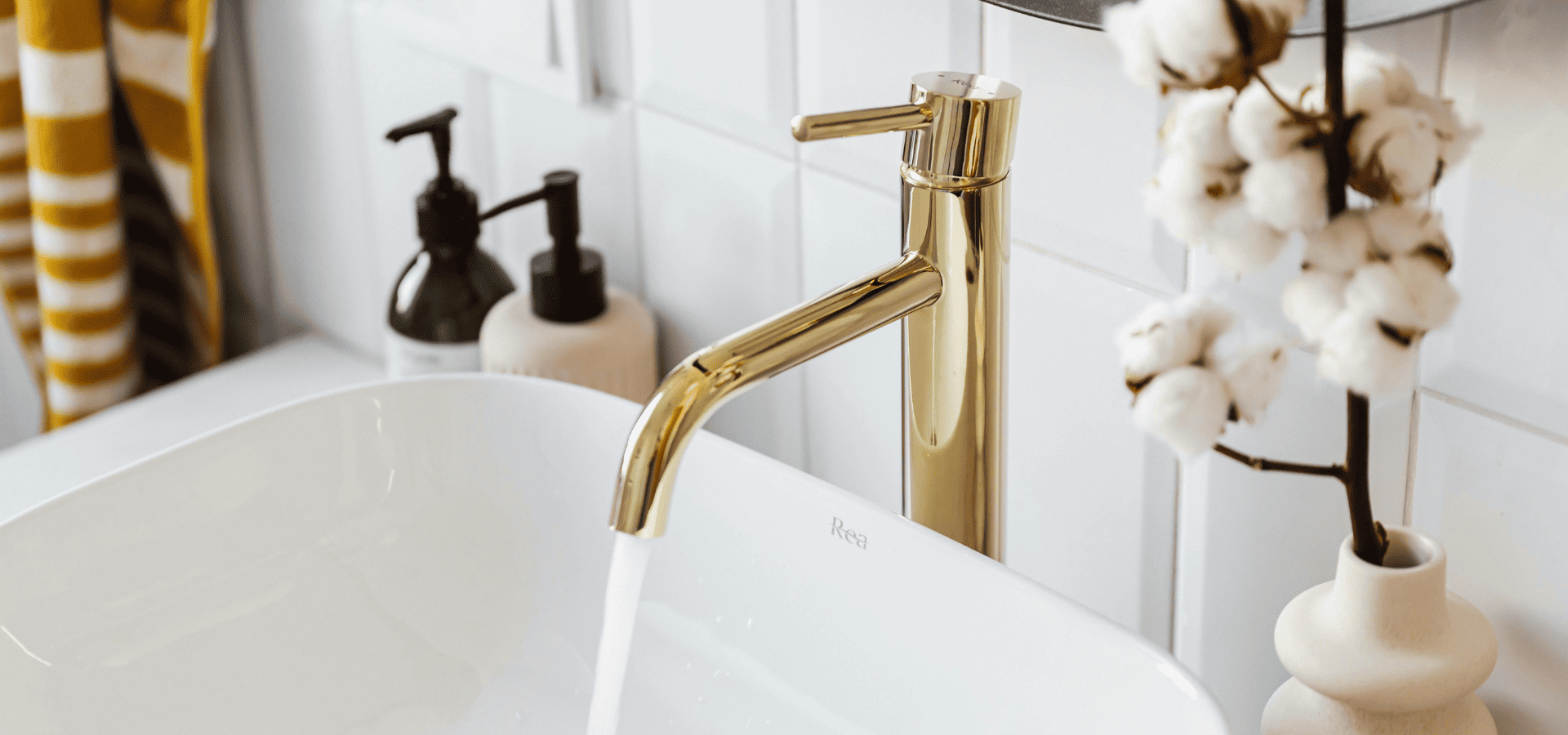
Another way to keep your expenses down is to replace only the necessary parts rather than the whole element.
For example, if you’re trying to upgrade your vanity, instead of buying a new one, consider just replacing the top with a ready-made countertop and sink combo.
Or if you’re trying to give your sink a refresh, instead of changing the whole sink, you might be able to give it a new look by just changing the faucet to a matte black or brushed gold color one.
This isn’t always possible, but always ask yourself before changing an element, “Do I really need to change the whole thing to make an impact?”.
Oftentimes, you’ll find that small changes can make a big impact, and by spending just a little, you can give your elements new life.
5. Prioritize Difference Makers
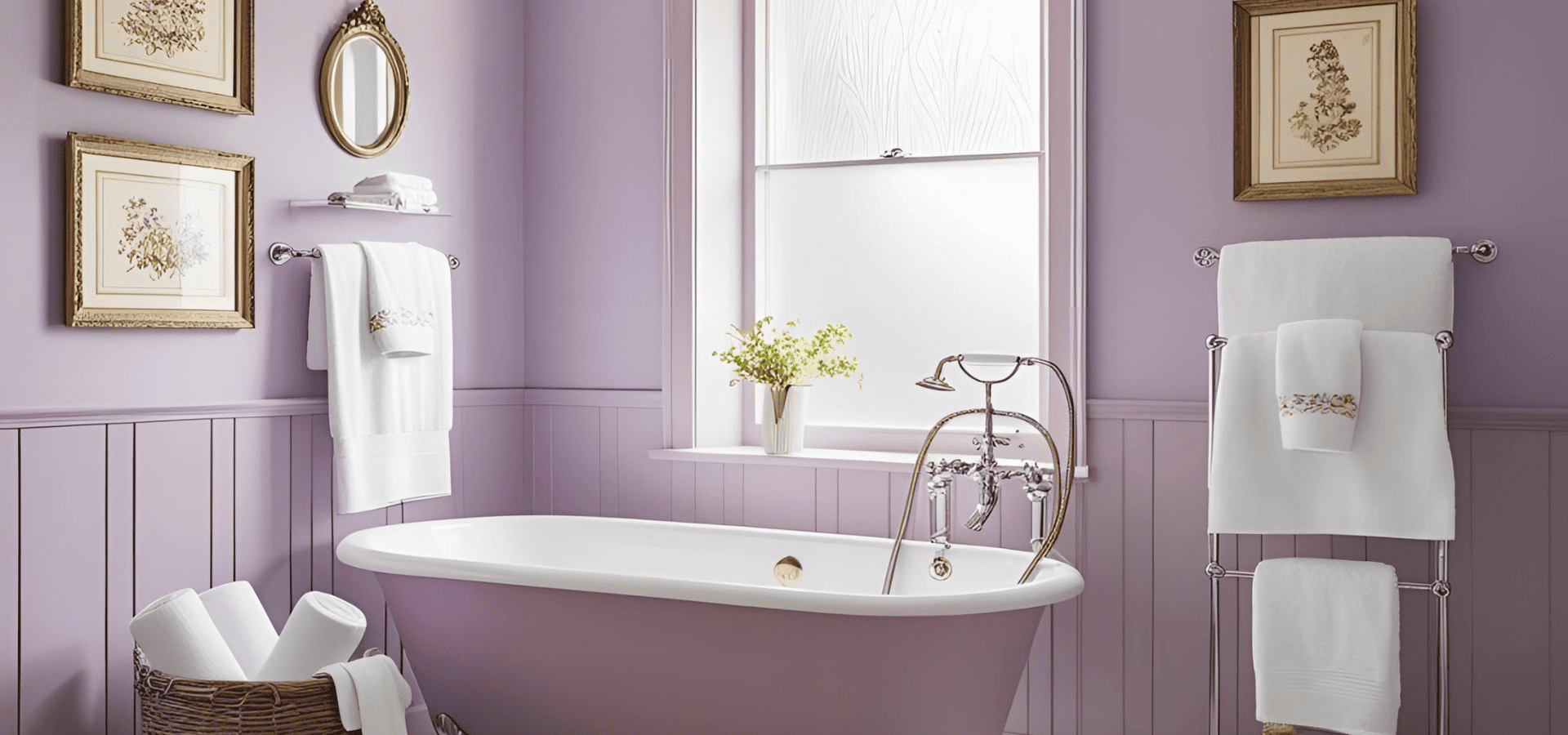
With limited funds, you may not always have the luxury of remodeling the entire bathroom.
Either way, you should always be focusing on the upgrades that can make the biggest impacts first.
You may find that just transforming one or two areas is enough to transform your bathroom.
For example, a new shower may be nice, but does it really affect your bathroom aesthetics that much? Instead, what if you replaced your old framed mirror with a sleek, frameless backlit mirror?
Or how about replacing your traditional yellow lights with modern, bright LED lights?
Another effective and affordable way to completely transform the style or look of your bathroom is repainting. A new coat of paint visually transforms the walls of your bathroom, and since the walls are the element that takes up the largest space, their impact is easily the largest.
If you’re changing from a darker color to a brighter color, it also has the added effect of opening up your space and making it feel more spacious.
In short, when planning your upgrades, always put the ones that make the biggest impacts first, especially with a limited budget that may not allow for a full bathroom remodel.
Final Tips
While bathroom remodels are inevitably going to be one of the more expensive home improvement projects, there are many ways to keep more money in your wallet.
You don’t have to let a limited budget limit the impact you can make on your bathroom. By employing the strategies in this article, you’ll be able to make the most out of your budget.
Before we end off, as a final tip, don’t forget to hunt for deals. This actually applies to whatever project or product you’re shopping for.
Look for cheaper alternatives, such as clearance sections, discount retailers, open-box items, or second-hand sources like Habitat for Humanity ReStores.
You can even purchase slightly damaged or defective items and fix them up to look brand-new.
There’s more than one way to reduce your overall costs. As long as you’re going about it smartly, even with a small budget, you can still breathe new life into your bathroom.
Just remember not to save where you shouldn’t, particularly when it comes to tasks that are more complex or require more expertise.
Or if you’re not that confident and need a good bathroom remodeling company to take care of everything for you, we’re always happy to help at
Denver Bathroom Pros.
Even if you only have a small budget, we’ll help you maximize it and help bring your ideal bathroom to life as much as possible.
More From Us

